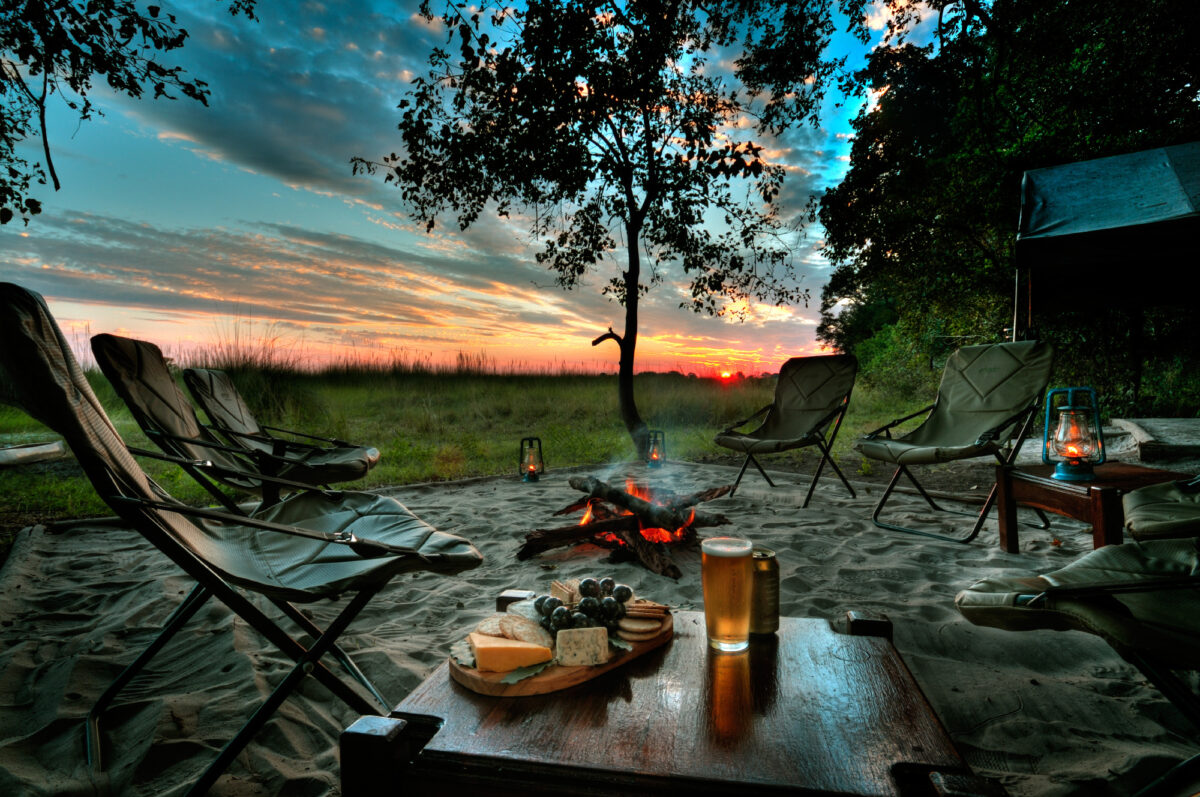Spending time outdoors camping can be a fun and refreshing experience, but when the temperature inside the tent starts to climb, it can make your adventure less enjoyable. Fortunately, there are several methods for cooling a tent without relying on electricity. In this article, we will share nine easy tips on how to cool a tent without electricity.
Without any delay, let’s get started.
1. Using a Canvas Tent

Your choice of tent plays a pivotal role in how hot it might get. Different materials react diversely under the sun. A canvas tent is a brilliant choice for camping during warmer months. These tents, typically forged from dense cotton, guarantee better insulation against both heat and cold in comparison to their polyester or nylon counterparts. Further, canvas tents also promote breathability which allows air to circulate more efficiently. How to Cool a Tent Without Electricity This breathability helps maintain a cooler temperature inside the tent.
2. The Art of Setting Up Your Tent in the Shade

The location of your tent can drastically alter its interior temperature. Choosing the right spot to set camp is an underrated aspect of maintaining an excellent tent. Look for naturally shaded areas – under the canopy of a tree or next to a large rock formation or a hill. Another effective approach can be setting up camp in the evening when temperatures are lower. The critical point here is to avoid direct sunlight exposure to your tent, thereby, moderating its temperature.
3. The Simplicity of Ice – Your Best Friend

Using containers filled with ice is an ingenious strategy to lower your tent’s temperature. The ice, as it melts, cools the surrounding space. In addition, you can also pack coolers with ice packs or frozen water bottles and place them around the tent. This dual-purpose technique guarantees a cold source for your perishable food and drinks while also radiating cooler air within your tent.
4. Ventilation Magic with a Battery-Powered Fan

A battery-powered fan simplifies the cooling of your tent’s interior impressively. Depending on the size of your tent, fans of varied sizes can be procured. An effective tactic would be to place the fan at an exit point in the tent, promoting a wind tunnel effect. This fan placement draws in fresh, cooler air from outside while pushing out warm, stale air from the tent. Ensure you pack plenty of extra batteries to last throughout your camping trip.
5. Hydrate, Hydrate – For A Cooler You

Underestimating hydration during hot camping days can lead to overheating and dehydration. Make sure you are drinking plenty of water throughout the day. Carry an insulated, reusable water bottle conveniently throughout your camping site. Fruits and vegetables with high water content, like watermelon and cucumber, can also serve as delicious hydration aids.
6. Sleeping Outside Your Sleeping Bag Can Be Cool!

Sleeping bags are designed to trap body heat and can become uncomfortable during hotter nights. On such nights, consider using your sleeping bag more as a mattress pad and sleep atop it, using a light bedsheet to cover up if necessary. This enables excess body heat to escape and not be trapped within the bag, resulting in a cooler and more snug sleeping experience.
7. Optimizing Proper Ventilation and Airflow

Proper ventilation is the key to maintaining a cool atmosphere inside your tent. Ensure that all potential ventilation outlets – windows, mesh panels, and doors – are open and allow for maximum airflow. Tent accessories like poles or tie-down cords can be utilized to lift specific parts of the tent, creating a wind tunnel effect. This modification can promote shading and ensure excellent ventilation within the tent.
8. Harnessing the Power of the Sun – Solar-Powered Fans

Solar-powered fans are excellent resources for an eco-friendly and energy-efficient way of cooling your tent. Operated via a solar panel that generates power through sunlight, they can become a reliable source of cool air on your camping trip. Place the solar panel outside the tent where it can gather maximum sunlight.
9. Natural Breeze – Set Your Tent Near a River or Lake

Choosing a campsite near a river or lake provides you with beautiful scenic views and benefits from the natural breeze coming off the water’s surface. This breeze can significantly reduce the temperature inside your tent, creating a comfortable abode. Do ensure you follow tenting, safety, and environmental guidelines when setting up camp by water bodies.
In conclusion, ensuring a cool and comfortable camping experience without electricity is very much achievable. The right tent, the correct placement, the optimization of natural resources, and a little preparation can result in a memorable camping trip.
How to Cool a Tent Without Electricity, smart tactics, and utilizing the environment can all help you manage the warmth while contributing to an overall enjoyable and successful outdoor adventure. Remember to respect nature, stay hydrated, and most importantly, have fun!

Leave a Reply
You must be logged in to post a comment.